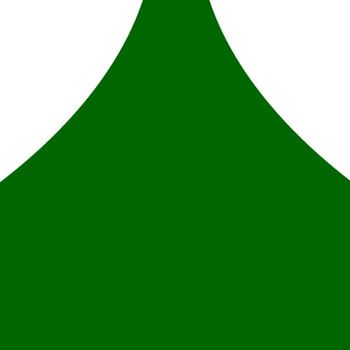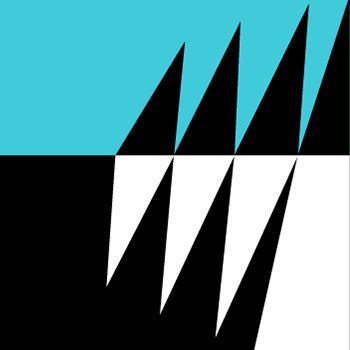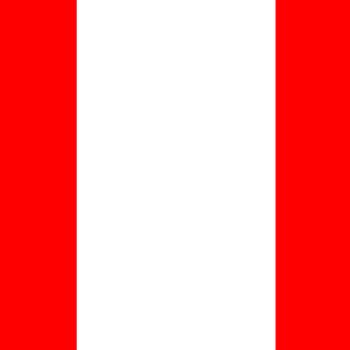Couple more flags for Eaglehawk in the 1940s

The Two Blues won two more Bendigo Football League premierships either side of World War 2, in 1941 and 1946.
The BFL had shrunk in size as World War 2’s requirements for fit, young men escalated with Kyneton withdrawing in June 1940.
The Tigers’ exit was followed soon after by Maryborough and Rochester and after the Japanese aerial attack on Pearl Harbour (Hawaii) in December 1941 the entire league went into recess from the proposed start of the 1942 season to 1944.
Kyneton eventually re-joined in 1947, two years after the peace treaties had been signed.
But in the 1946 season to top up the club numbers Elmore had joined for one year.
That was it for present day Heathcote DFNL club Elmore --- just the ’46 season.
In late 1941 the Two Blues marked eventual Team of the Century big man Fred Trewarne’s final game for Eaglehawk.
Fred had started out in footy with the Sailor’s Gully club, before first donning the Hawks’ guernsey in 1923.
Eighteen seasons later, in 1941, Fred’s great career ended with Eaglehawk a comfortable 38-point grand final winner over South Bendigo: 17.16 to 11.14.
He played 350-plus games for the Borough with three premierships to his name and playing in, and captaining, many representative BFL sides.
And amazingly enough Fred was a great exponent of a lost footy art.
That’s the place kick, when the ball is placed on a small, grassy mound and tilted forwards slightly so the boot can slide underneath and roost it goalwards.
He was what the Bendigo Addy of the day called “a crowd favourite” when folks could see Fred preparing his little mound before the kick.
And then after the war the late, great Harold “Wicky” Toma led the somewhat deflated Eaglehawk contingent from eight goals down at the last change to sneak home by four points in the 1946 Big Dance.
‘Wicky’ was a great player himself rotating between the centreman position and the half-forward flank depending on which club the Hawks were up against and which opponents he had to line-up on.
He could also play as a rebounding half-back flanker.
The 1946 flag was Harold’s third. He’d played in the successful 1935 and 1941 premiership-winning Eaglehawk teams and he took over as captain-coach the year after WW2 ended.
He lived until he was 104. I remember interviewing him at his Eaglehawk house on the occasion of his ‘ton’ --- his 100th birthday.
Harold proudly showed me the congratulatory letter from Queen Elizabeth II and other mementoes relating to his extraordinary long life.
It was a very emotional time for me. After shaking hands with ‘Wicky’ and wishing him all the best I sat in the car for a while reflecting on what an extraordinary event it had been.
Interviewing a centenarian on the day just after his 100th birthday.
Apart from ‘Wicky’, Eaglehawk kept alive its tradition of producing strong footy families with the Daly brothers --- Alan, Keith, Roy and Harold --- and the Crawford brothers --- Jack, Ted, Peter, Bill, Frank and Charlie.
The senior Crawford, Dad Bill, is still acknowledged as Eaglehawk’s longest serving president. A revered personality he was club boss from 1946 to 1961.
He didn’t stand down in ’61, though, before at the official ceremony he’d opened the clubrooms which used to grace Canterbury Park until fairly recent years.
Another outstanding club administrator was Frank Davies, Two Blues’ secretary for 18 years: 1935 to 1953.
Ernie “Soda” Munday was club treasurer for 18 years, succeeded by the late Jack Taylor who painstakingly watched over the club’s finances for an amazing 25 years between 1947 to 1972.
Jack also served on the Borough Town Council for 27 years and was Mayor five times.
I worked with Jack in 2005 on the Eaglehawk Team of the 20th Century selection committee. His knowledge of players’ abilities from just prior to WW2 right down to the present era was outstanding.
He was 97 when he passed away and importantly had a flag to his name. Jack had played in the 1941 premiership-winning team.
Going back to the 1946 premiership team and there’s some great names there apart from ‘Wicky’.
Jack and Ted Crawford were in the 18 along with George Ennor, Russell Robertson, ‘Snowy’ Chinn, Eric Paynter and Clive Evely.
The Two Blues were actually trounced in the 1948 grannie in an uncharacteristic poor forward line display.
The Hurst won by a tad more than 10 goals --- 16.24 to 8.9.
Leaving that poor form behind them it was onwards to the Fifties, especially to 1951 when one of the greatest grand finals in BFNL history was played.
It was when a total of 44 goals were kicked and even though gun full-forward Harry Morgan nailed nine of the Borough’s 20 majors South Bendigo still won: 24.12 (156) to Eaglehawk’s 20.8 (128).
And only a couple of seasons later Harry equalled the BFL record for the most goals landed in a single game.
He drilled 24 majors in three quarters.
Before sitting out the final term on the bench so he’d be ready for the finals the following Saturday.
That tally of 24 goals equalled Dave Mahoney’s 24 majors which he’d nailed for Bendigo City back in 1913.
So following on from the disappointment of ’51 the Hawks broke through again in 1953 with former Carlton full-back Ollie Grieve leading the side to a three-goal win over the Maroons.
Sandhurst wasn’t able to tally much of a score as the Borough ran out reasonably comfortable victors: 12.13 to 9.12.
And so onto my great old Sports Star of the Year committee colleague, the late Basil Ashman, who made history twice in the 1950s.
He was the first Borough player to win two best and fairest awards (1953, 1954) and then in 1957 Baz became the youngest-ever BFL player to captain-coach a premiership side.
Eaglehawk downed Kyneton in a fast-paced, long kicking 1957 grand final and won 14.17 (101) tyo Kyneton 10.11 (71).
There was a famous framed black and white photograph of Basil being chaired off the QEO by his ecstatic teammates.
It used to hang right above the fireplace in the BFL’s old headquarters --- the QEO building behind the city end goals.
That building, until recent seasons the HQ of the BFL, had once been the home for the head QEO and Rosalind Park caretaker and his family.
The Fifties were a great decade for the Two Blues.
The club produced a heap of star players for the then VFL including Jack Slattery and Kevin Smith to Footscray: now the Western Bulldogs.
But look at the list of gun footballers who joined Geelong: Doug Palmer, Clive Brown, Bruce Peake, Hugh Routley, Max Hetherington and of course one of the then VFL’s top rovers: Peter Pianto.
Pianto had won Eaglehawk’s club fairest and best award in 1948 before signing on with Geelong and he played in the Cats’ back-to-back premiership sides in 1951-1952.
He then went on to win Geelong’s fairest and best award in 1953 (C’wood def. Geelong in that grannie), represented Victoria six times and was named as an All-Australian in 1956.
As a coach he led Geelong to the 1967 VFL grand final and he also coached Victoria in 1967.
And I can say as an avid Cats fan I’ve actually seen Pianto in action, and on the MCG no less.
As a tiny primary schoolboy in 1951 I was there for the ‘51 Big Dance when we beat Essendon: 11.15 (81) to 10.10 (70).
As I’ve mentioned before Essendon coach and three-time Brownlow Medallist Dick Reynolds was supposed to be in retirement mode.
But he came on as the grand final’s 20th man in a desperate last quarter replacement to try and boost his Red and Black teammates. It didn’t work and Geelong held on.
But looking back we weren’t known as the Cats not long after WW2. Just after WW2 and into the Fifties Geelong was known as the Pivotonians --- the pivot city for huge shipments of wool and wheat from Victoria’s wealthy Western District, bound for Europe and the USA.
Back to those early 1940s BFL grand final scores –
1941: Eaglehawk 17.16 (118) def. Sth. Bendigo 11.14 (80) and
1946, Eaglehawk 14.10 (94) def. Golden Square 13.12 (90).






















